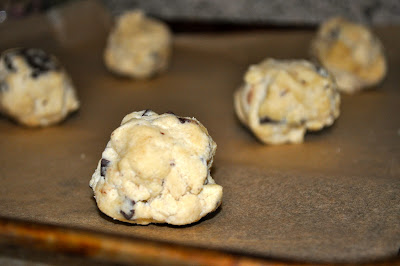Hi, how are you? I hope you are all having a wonderful summer. Things have certainly been busy on our end. We have spent a lot of time analyzing food in this house, something I recommend everyone do once in a while. It is easy for all of us to lose sight of where our food comes from and what our bodies actually need. Convenience often wins out over everything else, especially considering how busy we all are. When time is a factor, sometimes it's difficult to hand make everything. The nice thing, though, is that every once in a while, convenience collides with the handmade, resulting in simple, healthy, homemade recipes. The kind that we allow to slip into our regular rotation, never sure when it actually arrived.
Which brings me to carrots. I know that soup isn't always a go-to when the summer months arrive, but this particular soup tastes just as delicious at room temperature as it does heated up. It has just the right blend of spices and vegetables, with a nice hint of coconut blended in. This soup is a delightful addition to any meal, and in fact is a great appetizer to serve at a summer dinner party. Or just make it when you're craving something with coconut. Or carrot.
And since I know that to most of you, soup sounds horrible right now (since it's over 100 degrees at your house), here is a bit of inspiration to get into the Summer cooking spirit. Or at least to admire a nice view, since I am rarely motivated to go anywhere near a stove when it's hot. Or at the very least, to wish that you lived in San Luis Obispo rather than in your own town right now. These shots are from our recent drive through the San Luis Obispo area. I particularly like Bailey's fascination with the ground...I'm pretty sure she was looking at a candy wrapper.
 |
Curried Carrot Coconut Soup
Serves 2-3 as a main course, 5-7 as an appetizer
1 1/4 teaspoons curry powder
1/2 teaspoon garam masala
1/4 teaspoon cinnamon
1/2 teaspoon freshly ground ginger
1 tablespoon oil (olive oil or melted butter)
3 large carrots, coarsely chopped
1 onion, diced
1 3/4 cups vegetable broth
1/2 to 1 can coconut milk
Salt to taste
Add spices and oil to a medium-sized sauce pan and saute over medium-low heat until fragrant, 2-3 minutes. Add onions and cook, stirring until translucent, 4-5 minutes. Add carrots and saute 2-3 minutes more. Add vegetable broth and simmer until carrots are soft, about 5 minutes more. Blend soup until smooth, using either a blender or an emersion blender. Return soup to pot and stir in coconut milk until well blended. This soup can be served at room temperature (which is a nice summer option).
*Note on coconut milk: you can use up to a full can but taste the soup as you add to make sure it doesn't become too rich for your taste.
















































